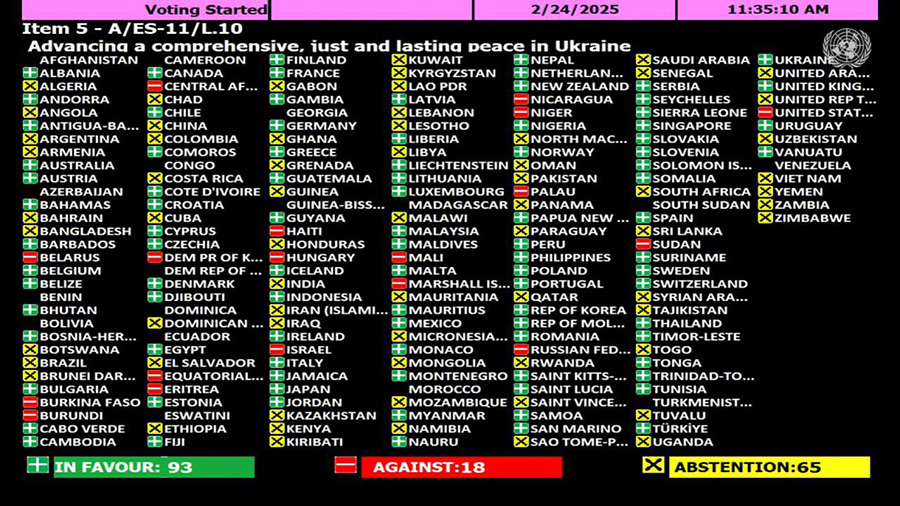
Technology is a multi-dimensional term, it can be defined as a practical application of knowledge and skill to accomplish work in an efficient way. It can be tangible assets like machinery, equipment, utensils etc. or intangible assets like ideas, innovation, software etc. or a combination of both.
Technology is one of the major factors driving the economy in the present day. Several theories have been developed in economics considering land, labour, capital and entrepreneurship as the factors of production.
Modern economists argue that technology-driven economies have higher speed growth rates so most of the countries are trying to adopt advanced technology in the various sectors of the economy.
After the industrial revolution of the 18th century, technology was given high priority which altered the agricultural system, manufacturing industries and distribution channels. Technology intervention grew up for the production and distribution of goods as well as the generation and delivery of services as machines gradually replaced humans in the production sector.
The most widely used and rapidly growing form of technology is information and communication technology (ICT), which has brought dramatic changes in the sectors of health, education, infrastructural development, public service delivery etc.
It reduced the production cost and time along with rendering the efficient and effective mobilisation of resources.
Nepal’s attempt and status

During the 17th and 18th centuries, as well as the preceding periods, Nepal’s economy was robust and flourishing. There is a belief that Nepal had more exports, provided aid to neighbouring states and spent more in building up several infrastructures such as temples, monasteries, palaces etc.
During that era, Western countries propelled their economies through investments in technology and innovation. Many analysts questioned why Nepal did not prioritise similar investments in technology, innovation, and research instead of focusing on the development of religious sites.
Nevertheless, it is important to note that Nepal’s economy was self-reliant and experienced steady growth at its own pace until the early 20th century.
As the world witnessed the significant influence of technological advancements on the global economic landscape, Nepal also saw the importance of integrating technology into various sectors of its own economy. With this realisation, Nepal made attempts to explore and harness technology’s potential in its socio-economic dimensions.
The Institute of Engineering (IOE) and Institute of Medicine (IOM) established in 1942 and 1972 respectively under the Tribhuwan University are playing vital roles in producing technical human resources for infrastructural development and public health improvement in Nepal.
As an impact of the 1980s globalisation and liberalisation process, Nepal had made some remarkable achievements in exploring technology in the country.
For the first time, the Nepal Academy of Science and Technology (NAST), an autonomous apex body was established in 1982 to promote science and technology in the country.
Likewise, Council for Technical Education and Vocational Training (CTEVT) was established in 1989 with the aim of developing a skilled workforce in Nepal through technical and vocational education and training.
In the later years, Mahabir Pun led National Innovation Centre (NIC) established in 2012 as a private entity supported by the general public and is playing an appreciative role in developing newer technology.
There are government institutions providing education and research programmes in sectors of agriculture and forestry too.
Private colleges and institutes are also providing technical education in the field of engineering, health, agriculture, etc. Moreover, an environment of self-reliance technical education system is being created within the country which is expected to support the GDP.
Policy attempts
Knowing the importance of technology for the future growth of the country, Nepal also brought favourable policies to help take the country forward. In the 1990s, the country drafted the Foreign Investment and Transfer of Technology Act 1992 to create an environment for attracting foreign investment and technology transfer in Nepal.
Similarly, the country also brought a Telecommunication Act in 1997 to encourage private sector investment in the telecommunication industry.

The first Internet service in Nepal was introduced in 1993 by the government-owned Nepal Telecom through a dial-up connection which was later commercialised by Mercantile Communications in 1995.
To regulate computer and IT-related offences, Nepal is adopting the Electronic Transaction Act (ETA) 2008 which aims to provide legal provisions for secure and authentic means of electronic communication and data security, and control cybercrime.
Nepal’s status
According to the latest report published by the International Telecommunication Union (ITU) in 2021, Nepal ranked 142nd out of 193 countries in the ICT Development Index (IDI).
Similarly, as per the Global Innovation Index (GII) 2021, Nepal is ranked 111th out of 132 economies in terms of innovation performance. Nepal’s innovation strengths were found to be in the areas of human capital and research, while its weaknesses were in the areas of institutions, business sophistication, and infrastructure.
In developed countries, the economy is being supported by technology and innovation with more than 10 per cent contribution to GDP whereas in underdeveloped countries it is negligible.
However, the adoption of technology by developing countries like Nepal has a significant positive impact on the economy such as reducing domestic production costs, setting standards for quality and allowing individuals to communicate from a distance.
Opportunities and the way forward
Recently Government of Nepal decided to allocate at least one per cent budget to science, technology, research and innovation.
Local governments are also promoting tech-supported start-up businesses by launching ‘idea-bank’ programmes. As an exemplary attempt, Kathmandu metropolitan city has started the ‘Book-free Friday’ programme to implement technical and practical education at the school level.

The increasing trend of tech-supported start-up businesses, e-commerce businesses, tech-supported production sectors etc is the green signal for the Nepali economy.
However, Nepal’s economy is still highly informal and dominated by the primary sector, and Nepal should emphasise the adoption of technology in the various sectors of the economy, for which certain attempts have to be made immediately.
First of all the government should adopt an ‘anti-brain drain’ policy so that an environment will be created for all types of technical experts to halt within the country’s territory. The IT policy should be reviewed and updated sooner. A new e-commerce policy should be developed along with clear-cut legal provisions.
Then, all the government agencies working in science, technology, research and innovation should be restructured and reformed to justify their existence. Similar types of non-government agencies which are expected to develop newer technology for export or declining foreign dependency, should be promoted by the government.
Schools, colleges and universities should revamp their curriculum so as to provide quality technical education which enables them to produce and supply competent human and non-human resources in the international market.
The big corporate houses should strengthen their research and development units to retain and expand their business. Prizes and awards should be arranged for the technical manpower, equipment and methodologies based on suitable parameters.
The government and the private sector should work in tandem to explore technology in the various sectors of production and achieve a higher economic growth rate.

























